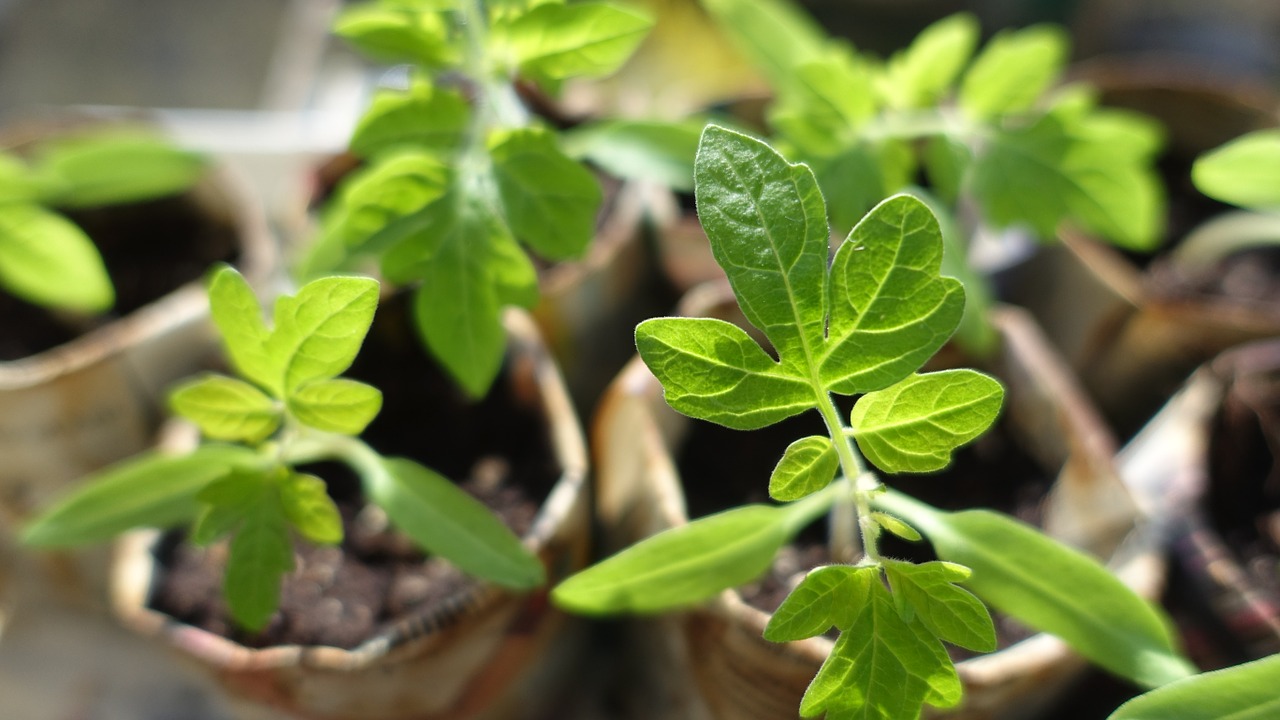Stone veneers are a popular but often misunderstood product, though they’re slowly increasing in popularity. Installing stone veneer is a rather affordable way to add value to your property and improve the overall curb appeal. Let’s take a look at what stone veneers are and the main types of stone veneers on the market. Then we’ll share how you can increase the value of your home with stone veneers and where you may want to have them installed.
An Introduction to Stone Veneers:
Stone veneer refers to any outward facing material made from stone that is not designed to be load bearing. You can find both thin and full stone veneers. Full veneers are three to five inches thick and weigh far more than “thin” veneers. Thin veneers are three-quarters of an inch to one and a half inches thick. Because they are thinner, there is less time and labor required to install them. Thick “full” veneers may require advanced engineering to keep them in place, while thin stone veneers may be supported by the wall. Thin veneers can often be used on taller or higher projects. Now let’s look at how stone veneers add value to your home.
The Aesthetic Value:
Stone has a natural look and feel. Kafka natural stone veneer, for instance, comes in a variety of styles and finishes, so you can select the type that either matches the natural environment or accentuates it. You’ll create a look that will not only be a timeless classic but one that appears upscale, as the real stone is so expensive. This explains why a stone veneer project has roughly a 92% return on investment when you sell your home. Your home will also stand out from those around it that are clad in brick or vinyl siding.
The Simplicity:
Stone veneers meet pretty much all applicable building code requirements. Note that if you like the look of stone but don’t want to redo the entire home, you could have a stone accent wall put on the front of your home, or create stone pillars on the porch. Or you could put stone veneers around a gas or electric fireplace to make it resemble a real, stone fireplace without the time, cost and engineering changes necessary for a new stone fireplace installation.
The Structural Benefits:
Stone is very durable. After all, it takes a long time to weather. This makes stone an excellent choice for the exterior of your home; it will survive repeated freezes and thaws. A stone veneer wall can typically weather abuse by mother nature and casual impacts. It is water-repellent, pest-resistant and otherwise one of the most durable options on the market.
The Economic Benefits:
A properly installed stone veneer is maintenance free; you won’t have to repaint it as the colors won’t fade on exposure to sunlight or flake off with rain and wind. You won’t have to replace it in a few years because it has warped due to exposure to the elements. And as mentioned, stone veneers make a home appear high-end, resulting in higher offers for the property when you try to sell it.
Stone veneers provide you with the best of both worlds. They provide the durability, attractiveness, and strength of stone. This is all without the high cost and advanced engineering requirements necessary to install full stone walls.
Read Also:
Featured Image: Royalty






















